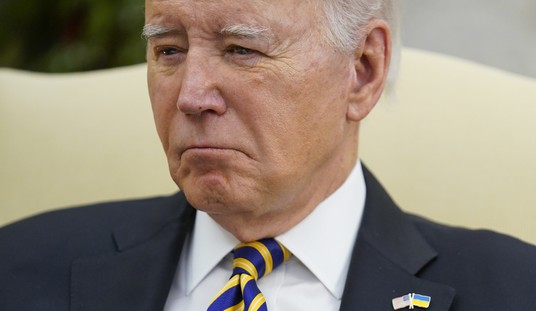“Public Transit Is Going Extinct, But Toy Trains Still Snooker Cities,” Georgi Boorman writes at the Federalist:
In 1941, all of Seattle’s streetcars were replaced with trolley coaches, which are essentially buses that run along the same overhead wires as the streetcars did. The city quickly adopted the new technology, painfully aware that the current system was unsafe, unpleasant, and difficult to maintain. Bus engineering quickly developed into the types of free-range buses we use today, but the key transition was that of “rails to rubber,” which proved vastly more comfortable and easier to maintain.
Today, cities across the country have extensive bus systems with very low capital costs that largely meet the needs of their residents. Buses revolutionized transit for the better, offering much greater flexibility to quickly adapt routes and better serve riders. Despite being in use for over half a century, they are the cutting edge of mass transit technology at the urban level. “Modern” streetcars, on the other hand, may look sleek and appealing, but their core functionality is essentially the same as it was 70 years ago. They do not travel any faster than buses, increase congestion at intersections, take several years and millions of dollars to build, and for heaven’s sake they are literally and unalterably installed in the ground.
The “very low capital costs” of buses that Boorman notes in the above passage actually works against them from the point of view of a city government looking to protect its phoney-baloney jobs and create many of them, as the CATO Institute noted nearly a decade ago:
A transit agency that expands its bus fleet gets the support of the transit operators union. But an agency that builds a rail line gets the support of construction companies, construction unions, banks and bond dealers, railcar manufacturers, electric power companies (if the railcars are electric powered), downtown property owners, and other real estate interests. Rail may be a negative-sum game for the region as a whole, but those concentrated interests stand to gain a lot at a relatively small expense to everyone else.
So crony socialism, in other words. No wonder Mr. Obama, the man who practices it on a super-sized scale, obsesses over “high-speed intercontinental [sic] rail.”
As for his comic-relief sidekick, perhaps Orson Welles was wrong — a movie studio is not the best electric train set a boy can play with:
Because to paraphrase this Twitchy headline, nothing says safety like the prospect of an untrained 72-year old career politician at the controls of a 190,000 pound electric locomotive and its passenger cars.
Related: “Piece by Piece, The Blue Model Sickens and Dies,” Walter Russell Mead writes on the competition that the massively-regulated taxi system is facing from startups such as Uber and Lyft.










Join the conversation as a VIP Member